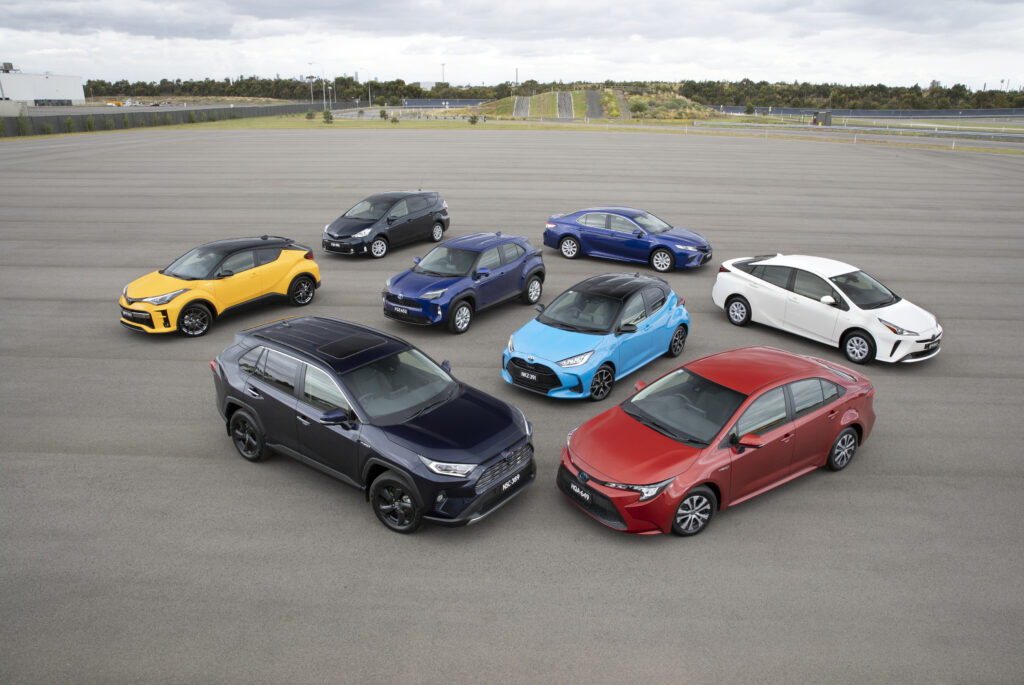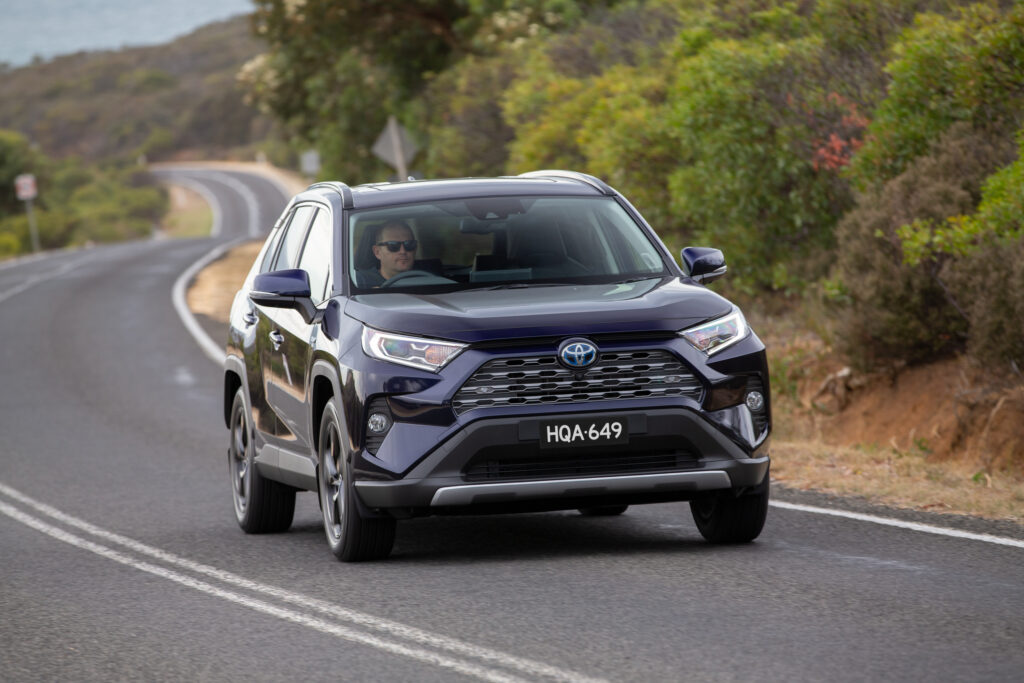Don’t miss the hybrid repair train
- PostedPublished 16 December 2021

Workshops that don’t introduce the tools and training required for hybrids could miss a burgeoning opportunity in the marketplace
Vehicles with alternative drive systems, such as pure electric and hybrid options, are becoming popular options that are selling in increasingly high numbers.
Toyota Australia, for example, recently announced that it had sold a total of 210,817 petrol-electric hybrids by the end of June 2021.
What’s more striking is that it took the brand almost 17 years, following the launch of the original Prius in 2001, to pass the 100,000 hybrid sales point – and yet it’s racked up more than 100,000 sales in just the three years since.
Admittedly, even if you account for models from other manufacturers, hybrids represent a fraction of the 20.1 million vehicles that are in circulation in Australia. Nevertheless, for workshops willing to invest in the tools, technology and training required to maintain hybrids, an opportunity exists.

Supporting such vehicles becomes even more justifiable if the make-up of new ranges, and the sales split of new models that are available in both conventional and hybrid forms, are considered.
Toyota Australia itself alone offers ten hybrid options these days, including the popular RAV4 – of which 72.8 per cent of 2021 sales have been accounted for by the petrol-electric hybrid model. Consequently, in the years to come, used hybrids in need of work will become an increasingly common sight.
The boom isn’t isolated to hybrid-heavy Toyota, though; the Federal Chamber of Automotive Industries (FCAI), in its VFacts vehicle report, stated that 41,810 had been sold in the January-July 2021 period. That, compared to the same timeframe in 2020, represented a hike of some 40 per cent.
A total of 605,648 conventional petrol and diesel cars were also sold in the same period, but the rate of change towards hybrid, plug-in hybrid and all-electric vehicles is only going to accelerate due to shifts in demands and regulation. Several manufacturers, after all, have set deadlines for the end of the utilisation of internal combustion that are less than a decade away.

Furthermore, if the government employs any significant subsidies or other running-cost-related advantages to low- or zero-emissions vehicles, the balance could swing quickly in their favour.
Workshops keen to make the transition to maintaining hybrids will however need to invest in training, in order to safely tackle vehicles with high-voltage battery and motor systems.
Conveniently, there are already several electric and hybrid vehicles courses available in Australia – including those offered by associations such as Assured Learning Australia and the Motor Trade Association Institute (MTAI). These, as well as unlocking hybrid service opportunities, will also help many a workshop prepare for the increasingly all-electric future.
- CategoriesIn SightGlass
- TagsSightglass News Issue 25

